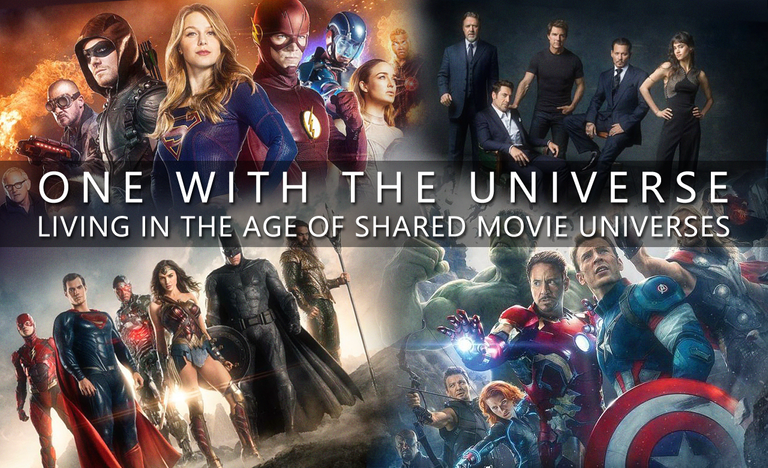
Currently there is a trend within film studios and is the creation of shared universes (also called cinematographic universes). It isn't a new concept since in the past there have been some examples of this but it has been recently when it has reached its peak as an attractive business model for studios. But what exactly is a shared universe? How is it different from a simple franchise?
Well, we could say that we are facing a franchise when a property goes from being a single film to multiple installments, although we could call it that way with just a single sequel. Some examples are the franchises of Indiana Jones, The Matrix, Twilight, The Hunger Games, Taken, Transformers, etc., where the stories of their characters are told through several films and without necessarily being connected with any other intellectual property.

On the other hand when talking about a franchise, it also includes all the different versions that have been released. We can mention the Spider-man franchise as an example, which include the versions of Tobey Maguire, Andrew Garfield and now Tom Holland. Batman is a franchise that includes the versions of Michael Keaton, Val Kilmer, George Clooney, Christian Bale and more recently Ben Affleck. But you can also find examples outside of comic book characters like James Bond that has countless versions.
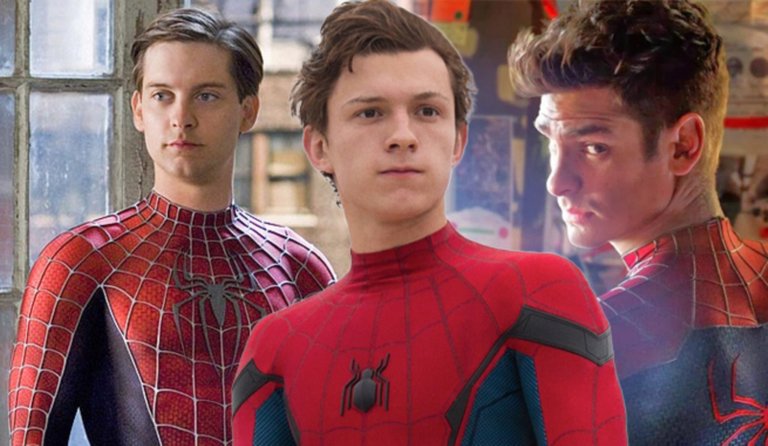
A franchise (or specifically a version of it) becomes part of a shared universe when a connection is created with other intellectual properties or characters, being established that belong within the same continuity or universe, as often happens in the recent adaptations of the comic book world where each superhero usually represents a franchise because has traditionally been marketed independently as a particular registered trademark.

Another way in which shared universes can be born or created is when derivative products or stories, called spin-offs, are created within a franchise. The Star Wars saga is an example of this situation, having episodes of the central story and now separate stand-alone movies (Rogue One, Solo) that occur in the same universe but can be located chronologically at any other time period. The latter is also observed with The Lord of the Rings and The Hobbit trilogies (although The Hobbit book was actually published first) and in Harry Potter and its spin-off saga Fantastic Beasts.
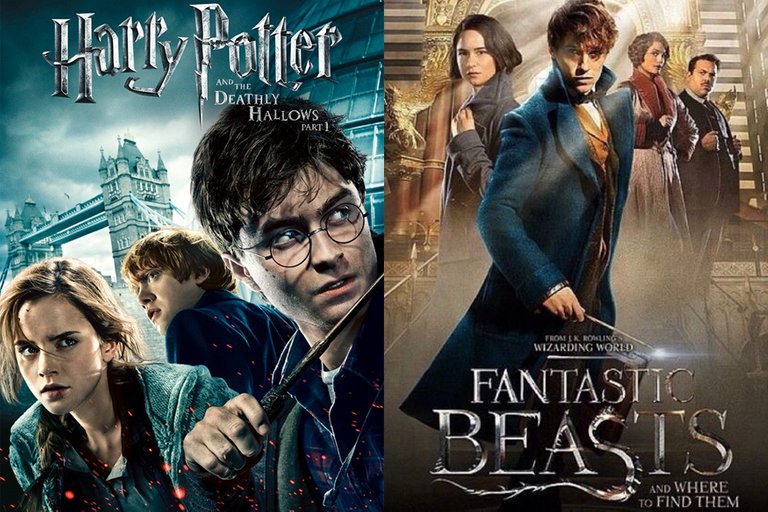
In some of the previous examples, spin-offs are temporarily separated from their "mother" stories, which is a particular class of shared universe that has existed for some time even though it wasn't known by that name. Another type of spin-off is one that develops in parallel to the main plot of the franchise while the latter goes on. For example, for a long time Fast and Furious has been just a franchise (currently with 8 movies), but the spin-off film Hobbs & Shaw with the characters played by Dwayne Johnson and Jason Statham is being developed , while the main story is expected to continue shortly with its ninth installment. This way Fast and Furious will go from being just a franchise to be part of a small shared universe.

The truth is that the greatest attractive of a shared universe is not the mere existence of stories within the same continuity or universe, but its ability to connect or crossover each other directly, something that doesn't happen in most of the examples previously mentioned. That's why within all the types of shared universes that can exist on the big screen, the corresponding to the superheroes genre is the most emblematic, for the ease of bringing together different characters from a narrative point of view since they have shared pages in the comic books for decades, although not from a legal point of view as I have already mentioned in a previous post.
Currently the Marvel Cinematographic Universe (MCU) is the main representative of this trend, and that isn't a surprise because this universe is responsible for said trend. The concept of creating solo films of several characters and then bringing them together to fight with a common enemy or face together a particular situation in a special event has become a model that many studios have wanted to imitate, even on the small screen in which shared universes also exist. The results have not always been the best for those who have tried to imitate and exploit what is popular at a given time, and perhaps we will see the studios move away from this model soon by not being able to reproduce what Marvel has achieved.
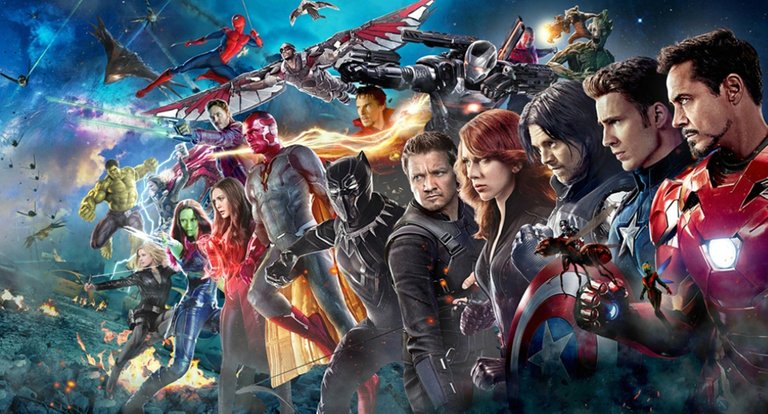
All rights to the images belong to Warner Bros., Marvel Studios, Columbia Pictures/Sony and Universal Studios

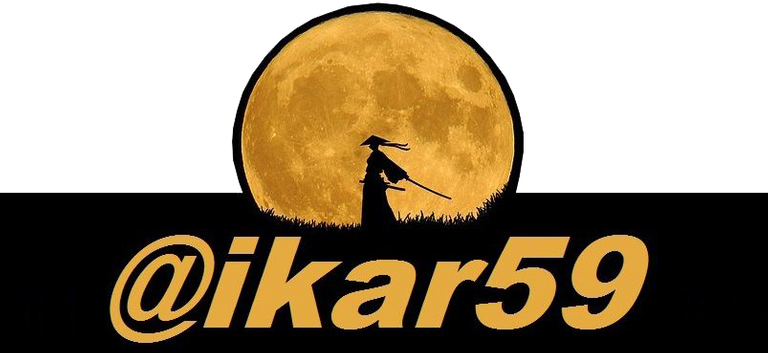
Thank you ikar59! You've just received an upvote of 80% by @ArtTurtle!
Learn how I will upvote each and every one of your art and music posts
Please come visit me as I've updated my daily report with more information about my upvote value and how to get the best upvote from me.
It's all about character development, with spin off films adding character so the big combined films feel more full and doesn't have to spend less time on character. Spending a movie on each one really attached the viewer
Posted using Partiko Android
Congratulations! This post has been upvoted from the communal account, @minnowsupport, by ikar59 from the Minnow Support Project. It's a witness project run by aggroed, ausbitbank, teamsteem, someguy123, neoxian, followbtcnews, and netuoso. The goal is to help Steemit grow by supporting Minnows. Please find us at the Peace, Abundance, and Liberty Network (PALnet) Discord Channel. It's a completely public and open space to all members of the Steemit community who voluntarily choose to be there.
If you would like to delegate to the Minnow Support Project you can do so by clicking on the following links: 50SP, 100SP, 250SP, 500SP, 1000SP, 5000SP.
Be sure to leave at least 50SP undelegated on your account.
Hello @ikar59, thank you for sharing this creative work! We just stopped by to say that you've been upvoted by the @creativecrypto magazine. The Creative Crypto is all about art on the blockchain and learning from creatives like you. Looking forward to crossing paths again soon. Steem on!